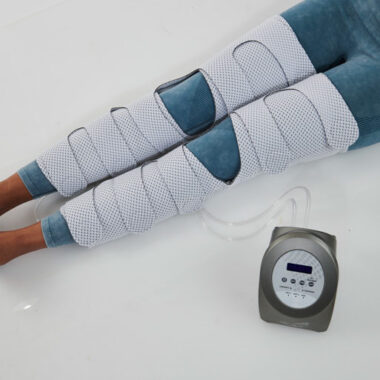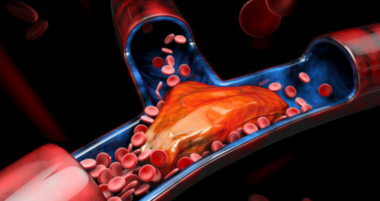DEEP VEIN THROMBOSIS (DVT)
Deep Vein Thrombosis is a blood clot that develops in the deep veins, typically in the lower leg, that breaks off and travels to the lungs. It can cause severe breathing problems or death.
The goal of Compression Solutions is to
Prevent DVT at Home
Many facilities offer pharmaceuticals to reduce the risk of developing a DVT. However, patients are not as closely monitored during at-home recovery . The risk of recovery and restricted movement after surgery increases the risk of a blood clot. DVT solutions such as a PlasmaFlow or Triple Play allow for safe, at-home prevention.
With take-home DVT solutions, you can give your patients peace of mind as well as reduce detected readmissions which are a major cost for ASCs.
Learn more about Compression Solutions here.
CRITICAL POST-SURGERY RECOVERY
Compression Solutions is on the forefront of creating DVT solutions where patients are most vulnerable — at home after surgery.
Our products and programs increase patient safety and reduce costs. And because our focus is on preventing DVT after surgery risk at home, we make our compression products accessible, compact, and exceedingly simple to use.
Transitioning home after surgery should be a time of recovery, not risk.


THE DANGERS OF BLOOD CLOTS
While blood clots are life-saving by preventing excessive bleeding, they can also be deadly if formed in the wrong spot. After surgical blood loss, blood clots are formed to stop the bleeding. However, when formed within the deep veins, blood clots can be fatal.
In fact, according to The American Heart Association, DVTs affect 300,000 to 600,000 Americans annually. While DVTs are common, they are preventable and treatable.
Some people are more at risk for developing DVTs, here are things that could put a patient more at risk:
- Age
- Weight
- Pregnancy
- Low activity levels
- Recent surgery
- History of smoking
- Additional health problems
- Family history of clot-related illnesses
DVT WARNING SIGNS:
PAIN OR TENDERNESS IN AN EXTREMITY OR GROIN
SUDDEN SWELLING OF THE LEG
NOTICEABLY WARM SKIN
CHANGE OF COLOR IN THE LEG
Cold therapy, or cryotherapy, combined with compression helps with more than just DVT prevention. Learn how this at-home treatment can help with pain, swelling, and additional symptoms
Q: WILL MY LEG GO BACK TO NORMAL AFTER DVT1?
A: The American Academy of Orthopedic Surgeons discusses this topic at length. Please see the cited link for reference.
Q: SEQUENTIAL COMPRESSION DEVICE FOR DVT PROPHYLAXIS?
A: Yes, sequential compression mimics muscle movement from walking, helping prevent DVT prophylaxis.
Do you need a pneumatic compression device after surgery?
DVT solutions are prescribed by a surgeon typically following surgery. Sometimes devices are not prescribed due to the surgeon using anticoagulant medications following a procedure, or the patient has lower risk.
There are different kinds of pneumatic compression sleeves that can be prescribed for DVT prevention. Some wrap around the entire leg while others wrap around the calf. Then, there are air pockets within the wraps that are programmed to inflate and deflate at different rates.
Deep Vein Thrombosis & Heart Attack Risk
Q: CAN DVT increase heart attack risk?
A: Yes, in fact patients who have had DVT may be at higher risk for heart attack or stroke2.
Here are options doctors will recommend to patients after having deep vein thrombosis:
USE COMPRESSION PUMPS AND SLEEVES AS PRESCRIBED BY YOUR PHYSICIAN
MAKE HEALTHY CHOICES
ASK YOUR DOCTOR TO MONITOR YOUR BLOOD PRESSURE REGULARLY
References:
- Deep Vein Thrombosis. OrthoInfo from the American Academy of Orthopeadic Surgeons. 2021. View Article
- What is Venous Thromboembolism? Centers for Disease Control and Prevention. 2020. View Article
Grow with Compression Solutions
Equip your hospital or surgery center with medical devices, software and billing services from Compression Solutions
